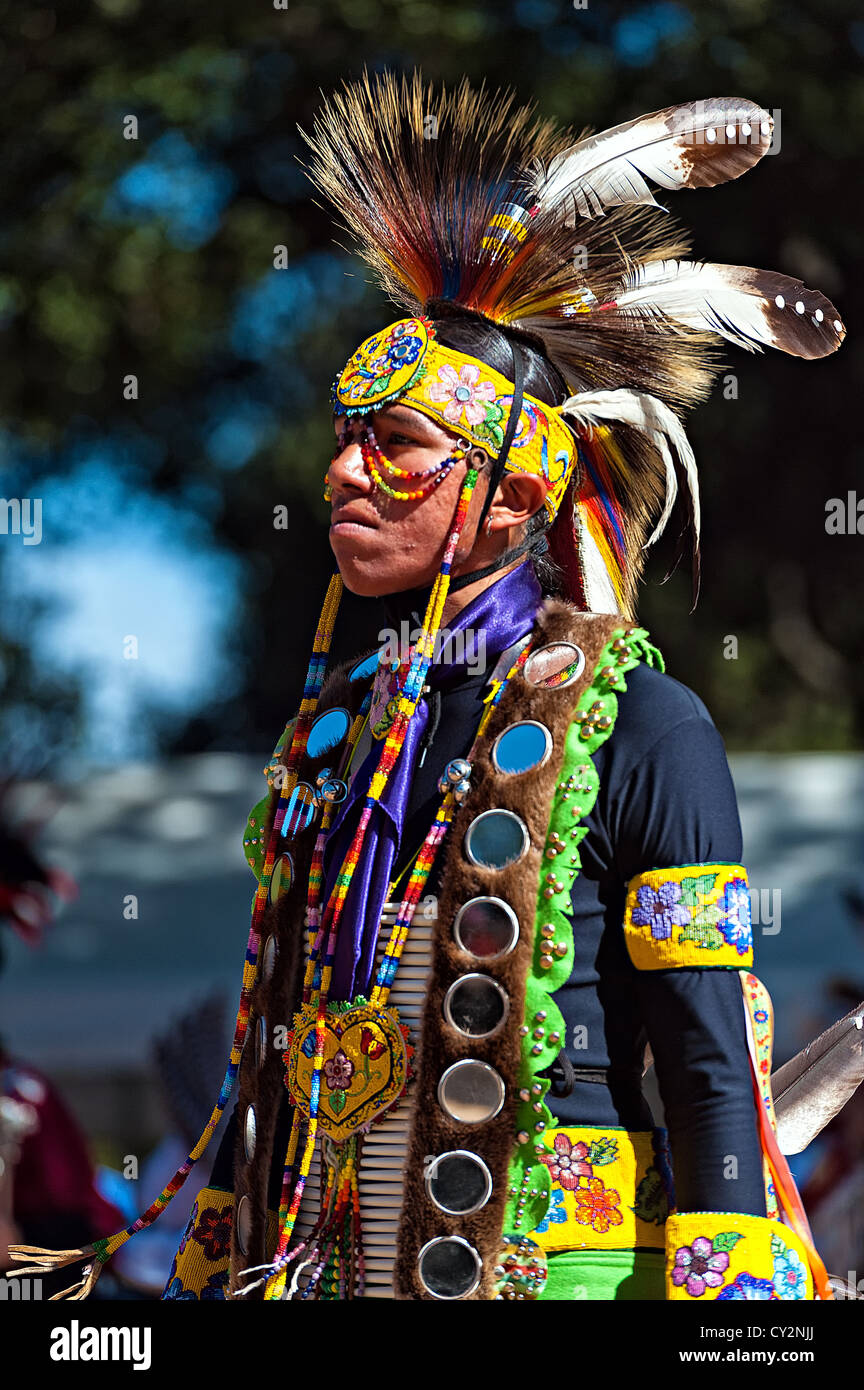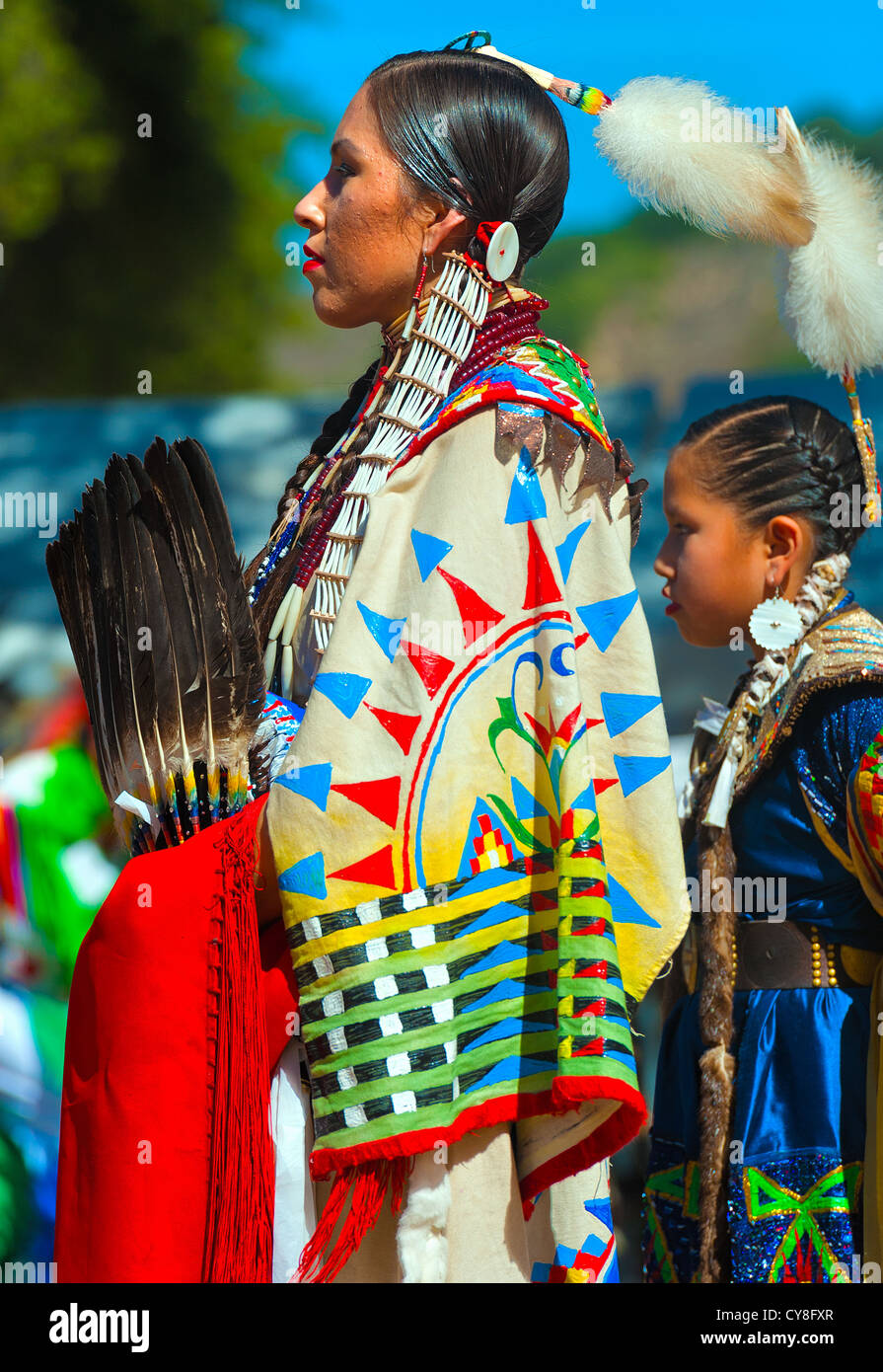
Echoes from the Coast: The Enduring Legacy of the Chumash Nation
Along the sun-drenched central coast of California, where rugged mountains meet the shimmering Pacific, lies a landscape steeped in millennia of human history. This is the ancestral home of the Chumash people, a sophisticated maritime society whose story is one of profound connection to land and sea, devastating disruption, and remarkable resilience. From their intricate plank canoes that plied the coastal waters to their enigmatic rock art hidden in remote canyons, the Chumash legacy is not merely a whisper from the past, but a vibrant, ongoing narrative.
For at least 13,000 years, the Chumash flourished in what is now Santa Barbara, Ventura, and San Luis Obispo counties, extending their reach to the four northern Channel Islands. Their territory was a rich tapestry of ecological diversity, providing an abundance of resources that supported a large and complex population, estimated at up to 20,000 individuals before European contact. Unlike many hunter-gatherer societies often mischaracterized as primitive, the Chumash developed an advanced and specialized culture, perfectly adapted to their unique environment.
At the heart of their society was the tomol, a marvel of indigenous engineering. These ocean-going plank canoes, built from redwood driftwood meticulously pieced together with natural asphaltum (tar) and sinew, allowed the Chumash to navigate the treacherous waters of the Pacific. The tomol was not just a vessel; it was a symbol of their mastery over the sea, facilitating extensive trade networks between the mainland and the Channel Islands. Goods like shell beads, steatite (soapstone) vessels, and various food items flowed freely, fostering economic prosperity and cultural exchange. The tomol builders, known as the Brotherhood of the Tomol, held an elite status, their craft passed down through generations. "The tomol was our highway, our lifeblood," explains a contemporary Chumash descendant, "It connected us, sustained us, and defined us."

Chumash society was highly stratified, with chiefs, shamans, and skilled artisans holding positions of respect. Their spiritual beliefs were deeply interwoven with the natural world, recognizing the sacredness of all living things. The sun, moon, and stars were not just celestial bodies but powerful deities and guides. Their shamans served as healers, spiritual leaders, and interpreters of the cosmos, often using sacred datura in vision quests. These spiritual journeys are believed to be reflected in their striking rock art – vivid pictographs found in remote caves and shelters, depicting anthropomorphic figures, celestial patterns, and intricate symbols, whose full meanings remain largely a mystery, yet speak volumes about their rich inner world.
Their diet was incredibly diverse, drawing from both land and sea. Acorns, processed into a nutritious flour, formed a staple, supplemented by a variety of seeds, berries, and game. But it was the ocean that truly provided. Shellfish, seals, sea lions, and an array of fish were harvested with sophisticated tools, including bone hooks and harpoons. Their deep ecological knowledge ensured sustainable practices, allowing them to thrive for millennia without depleting their resources.
This harmonious existence, however, was shattered with the arrival of European explorers. Juan Rodriguez Cabrillo, a Portuguese explorer in the service of Spain, first made contact with the Chumash in 1542. His journals describe a welcoming people, living in large, well-organized villages. While initial encounters were relatively peaceful, they marked the ominous beginning of a profound transformation.
The true cataclysm arrived in the late 18th century with the establishment of the Spanish mission system. Beginning with Mission San Luis Obispo de Tolosa in 1772, and followed by Mission San Buenaventura (1782), Mission Santa Barbara (1786), and Mission La Purísima Concepción (1787), the Chumash world was systematically dismantled. Spanish padres and soldiers viewed the Chumash as "savages" in need of "civilization" and conversion to Catholicism.
Under the guise of salvation, Chumash people were forcibly relocated to the missions, stripped of their traditional lands, their spiritual practices suppressed, and their social structures dissolved. They were compelled to adopt Spanish language, religion, and agricultural practices, often under brutal conditions. Diseases like smallpox and measles, to which the Chumash had no immunity, swept through the mission populations, causing catastrophic demographic collapse. Within decades, the Chumash population plummeted by an estimated 90%. "The missions were not places of salvation for us," recounts a Chumash elder, "They were places of sorrow, of death, and the systematic erasure of our way of life."
Despite the immense pressures, the Chumash resisted. There were numerous attempts to escape the missions, and even outright rebellions, such as the widespread Chumash Revolt of 1824, which saw coordinated uprisings at Missions Santa Inés, La Purísima, and Santa Barbara. Though ultimately suppressed, these acts of defiance demonstrated an unyielding spirit in the face of overwhelming odds.
After Mexican independence in 1821, the missions were secularized, but this brought little relief to the surviving Chumash. Their lands, once communal, were divided into vast ranchos, often granted to Mexican citizens, further dispossessing the indigenous inhabitants. With the American conquest of California in 1848, the situation worsened. The gold rush brought a deluge of settlers, intensifying the demand for land and leading to further marginalization and violence against Native Californians. The "vanishing Indian" myth, a convenient narrative for land grabs, led many Chumash to conceal their identity to survive. Their language, once a vibrant collection of dialects, faded into the background, spoken only in hushed tones by the elders.
Yet, the Chumash never truly vanished. In the quiet corners of their ancestral lands, families held onto fragments of their heritage, passing down stories, songs, and traditions in secret. The late 19th and early 20th centuries were a period of immense hardship, but also of quiet perseverance.

The mid-20th century saw the slow, arduous process of cultural revitalization begin. Scholars and linguists began working with the last fluent speakers, meticulously documenting the Chumash languages before they were lost entirely. This dedicated effort laid the groundwork for a new generation to reclaim their linguistic heritage. Today, organizations like the Santa Ynez Band of Chumash Indians, the only federally recognized Chumash tribe, are at the forefront of this revival. They have invested significantly in language immersion programs, teaching the Barbareño Chumash dialect to children and adults, ensuring that the ancient tongue echoes once more. "To speak our language is to speak with our ancestors," says a young Chumash language student, "It is to bring them back to life."
Beyond language, there’s a resurgence in traditional arts and crafts. The meticulous skill of tomol building has been revived, with new canoes constructed and launched, retracing ancient trade routes and reconnecting the people to their maritime heritage. Basket weaving, beading, and the creation of traditional tools are once again thriving, not just as art forms, but as tangible links to their ancestral identity.
The Santa Ynez Band of Chumash Indians has also achieved a measure of economic self-sufficiency through gaming operations, which has allowed them to fund essential services for their community, invest in cultural preservation, and advocate for the rights of all Chumash descendants. They are active in land stewardship, working to protect sacred sites and restore native ecosystems.
The Chumash legacy serves as a powerful reminder of both the devastating impact of colonialism and the incredible resilience of indigenous cultures. Their story is not confined to history books; it is alive in the vibrant efforts of their descendants to reclaim and celebrate their heritage. From the wisdom embedded in their ancient rock art to the rhythm of their revitalized language, the Chumash offer profound lessons in sustainable living, spiritual connection to the earth, and the enduring strength of cultural identity.
As the waves continue to crash against the California coast, they carry the echoes of the tomol, the whispers of ancient songs, and the unwavering spirit of the Chumash people. Their journey, marked by loss and struggle, is ultimately one of profound survival, a testament to a nation that, despite all odds, continues to thrive and remind the world that they are still here, their voices strong, their culture enduring, guardians of a timeless heritage.


